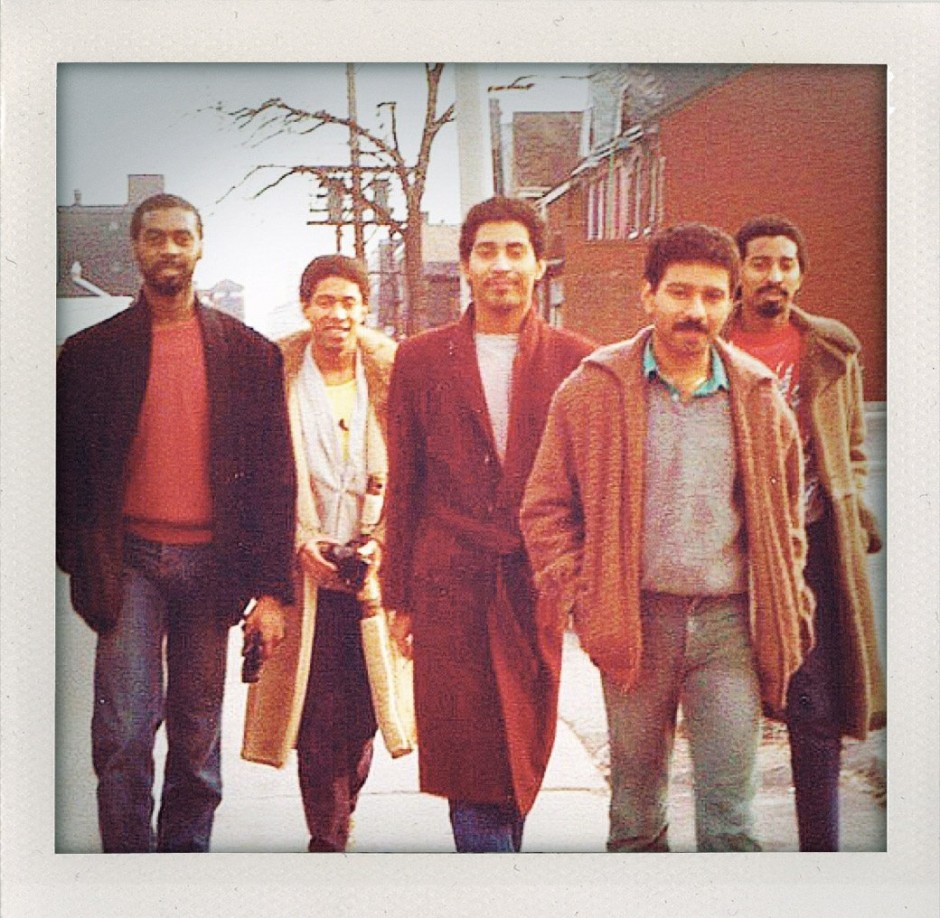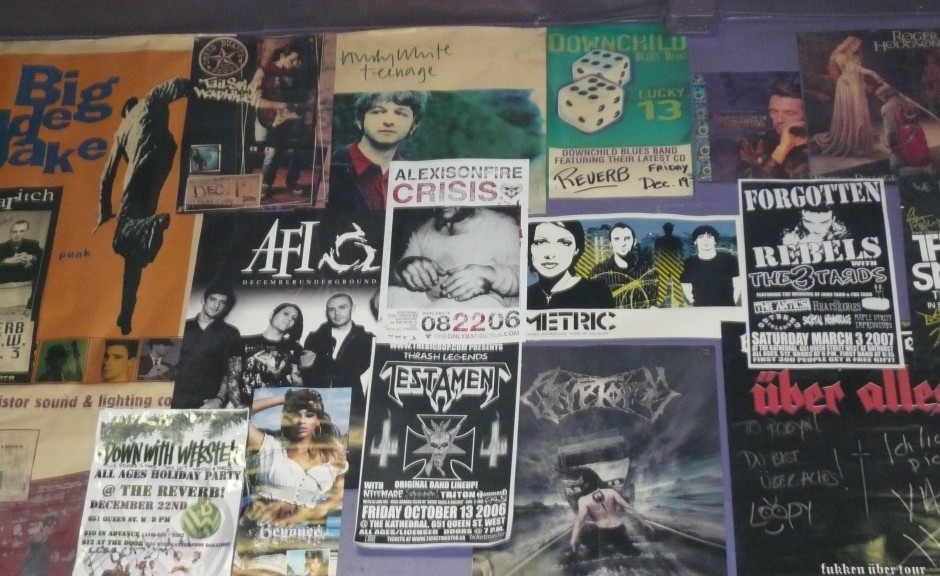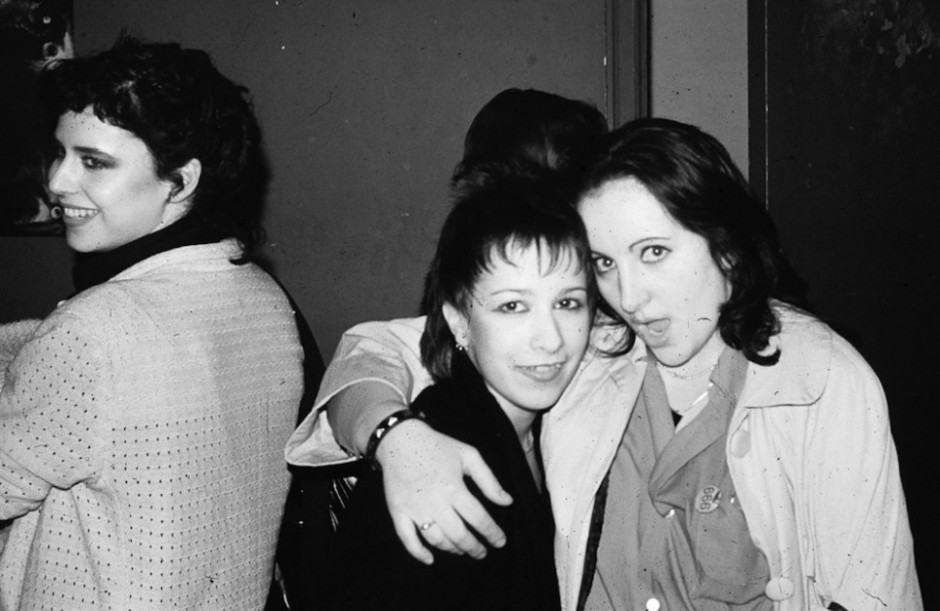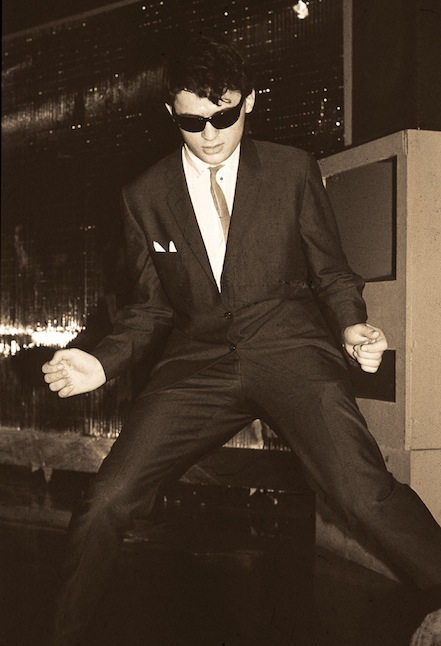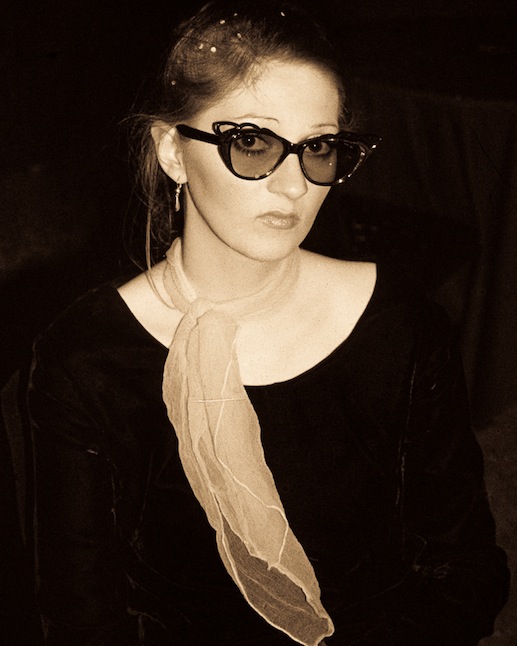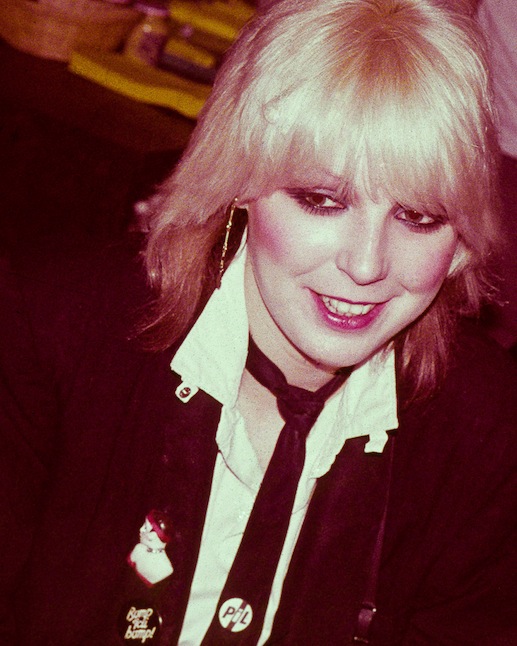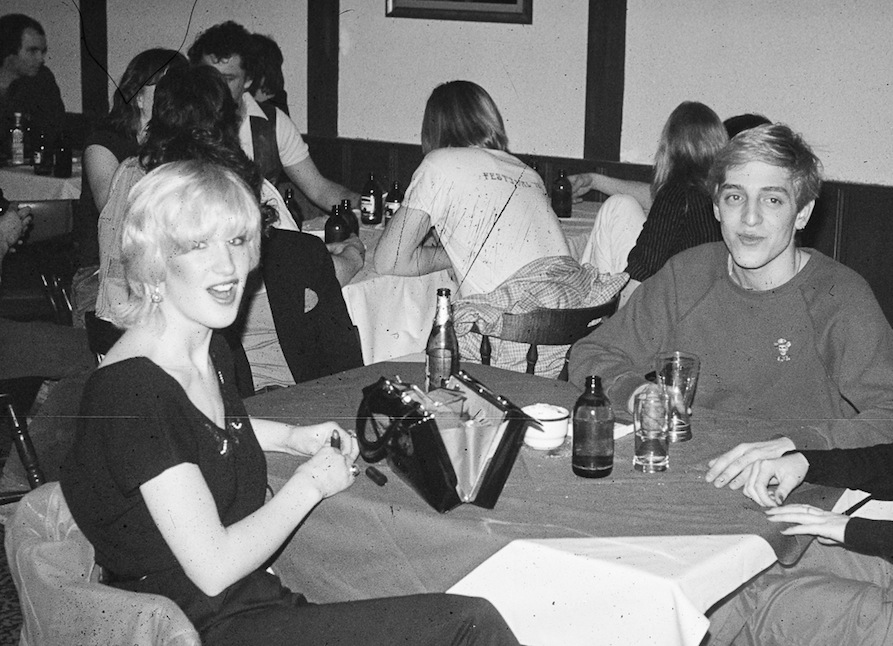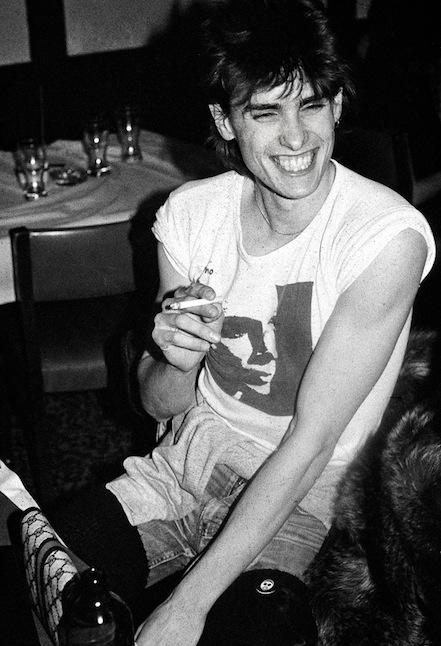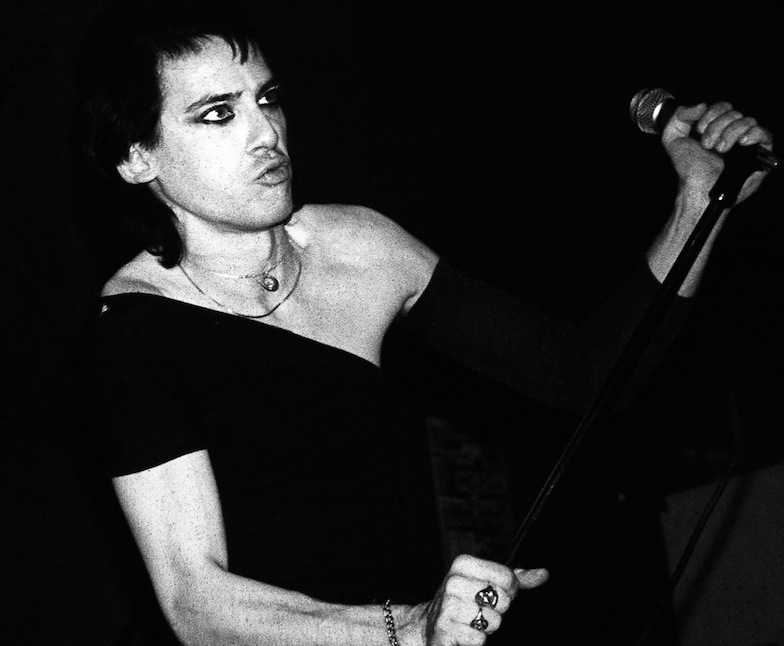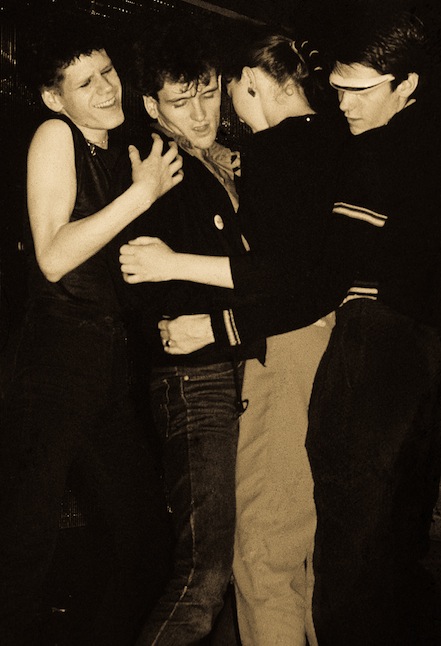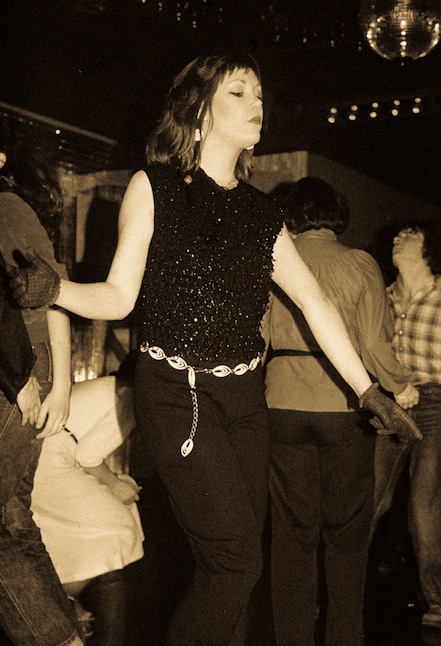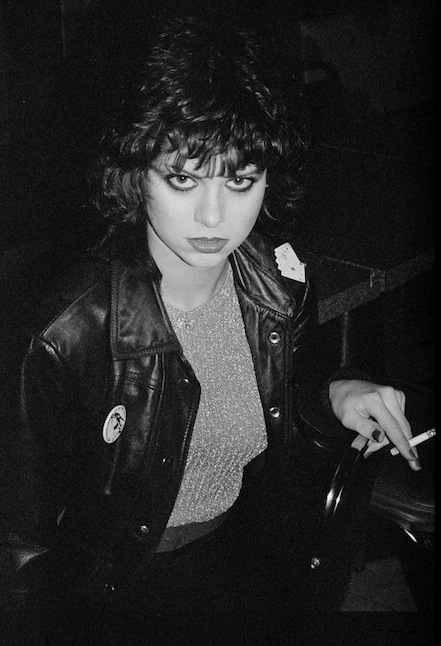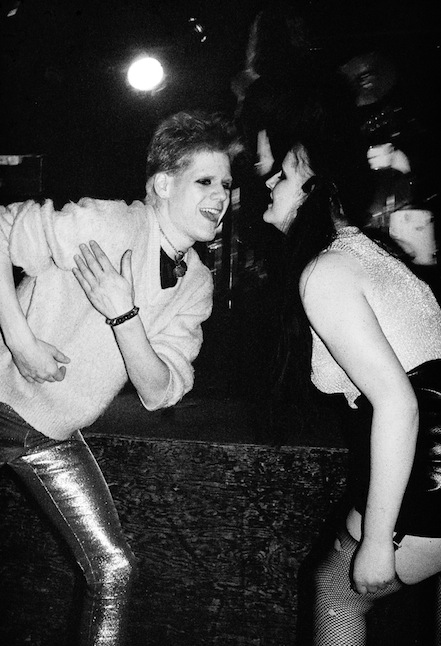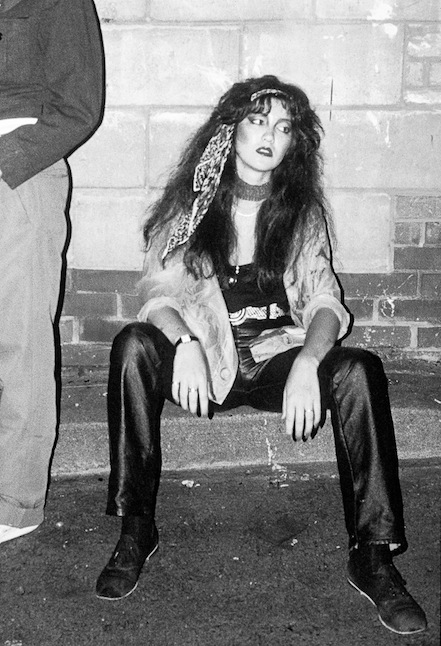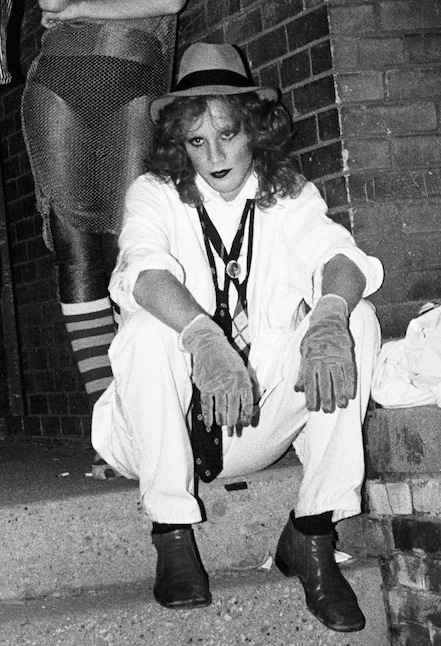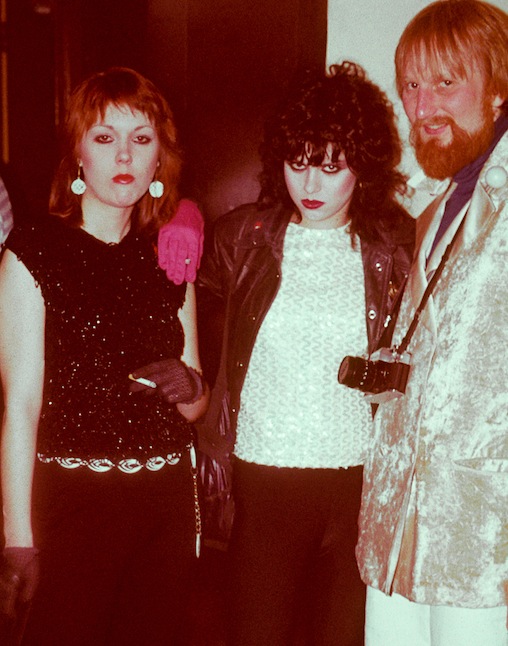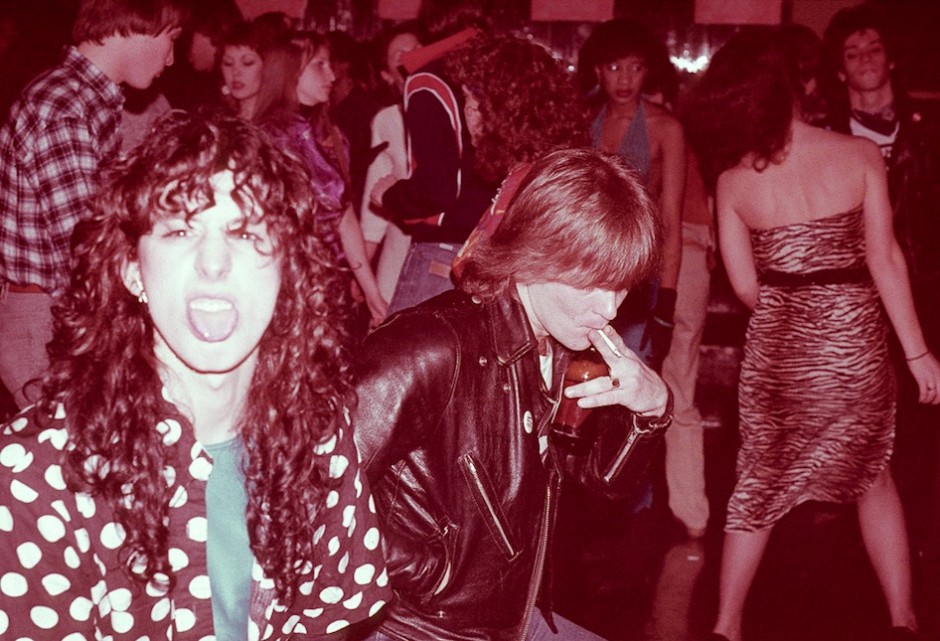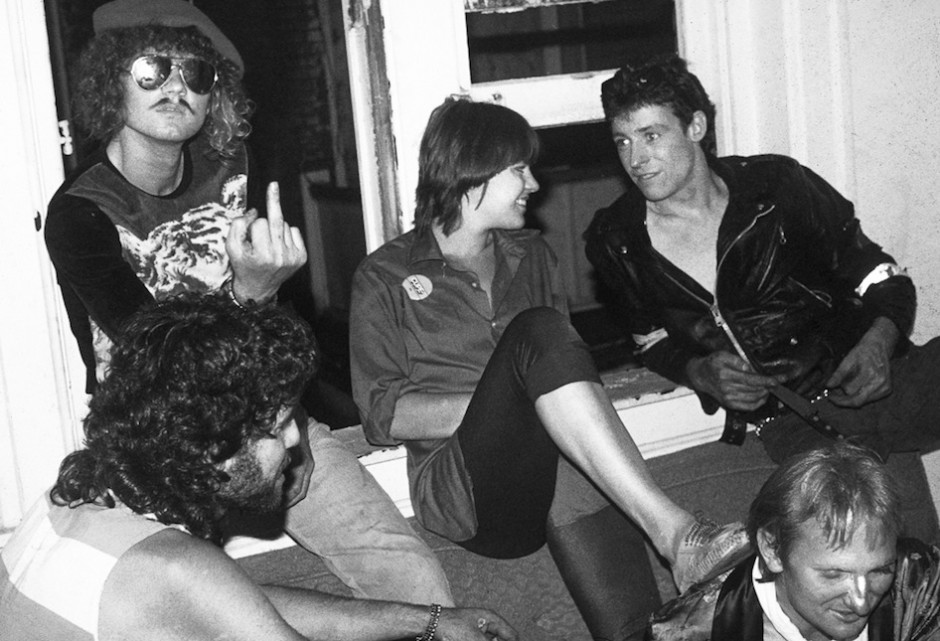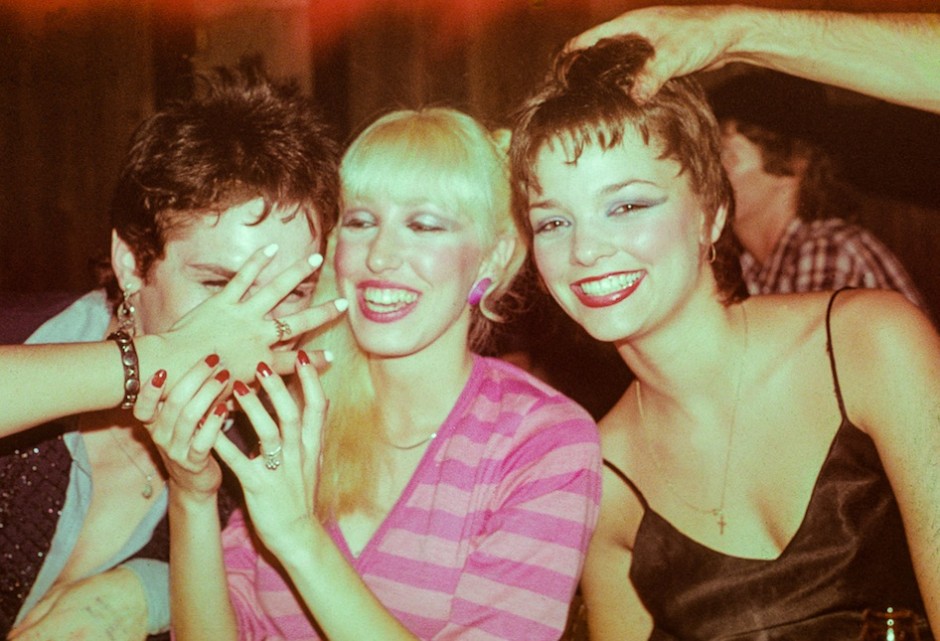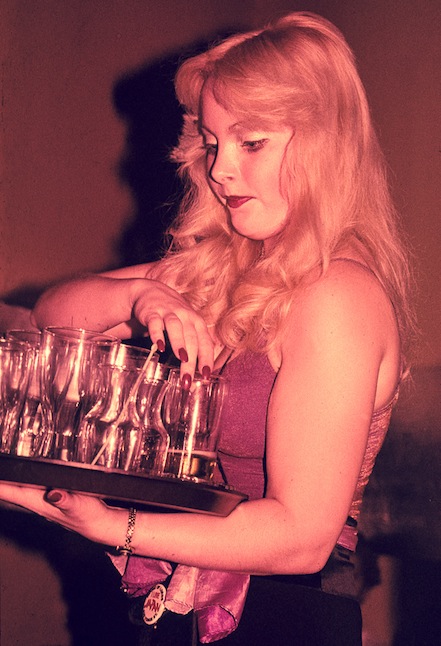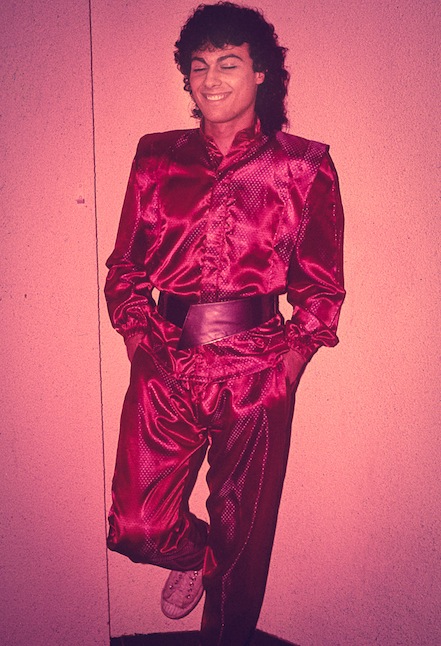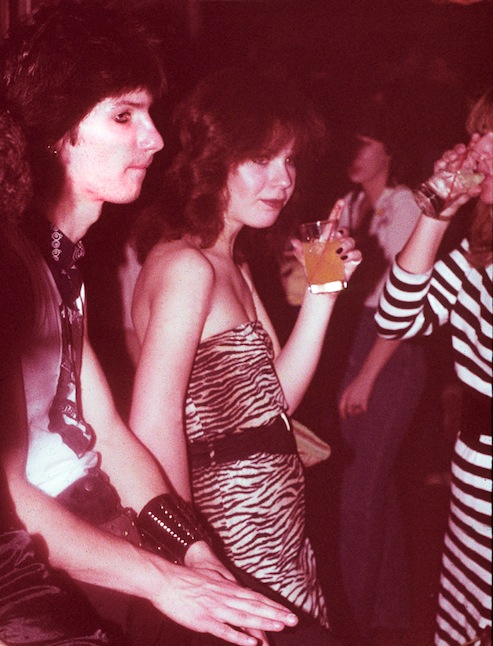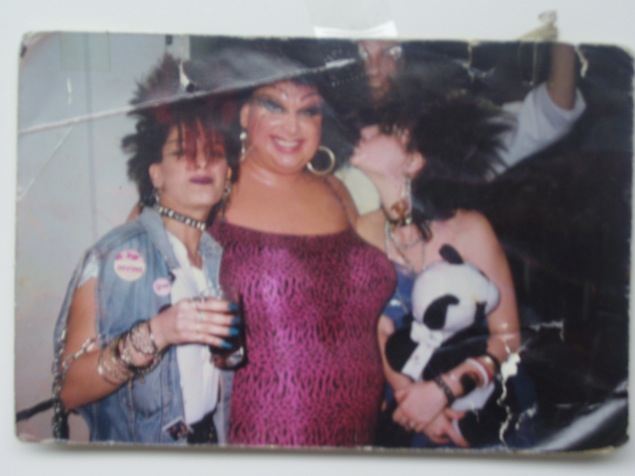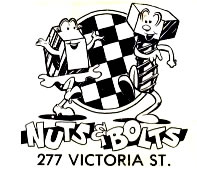(L to R) Michael Griffiths with Albert, Michael, David and Tony Assoon. Photo by Charmaine Gooden.
The original Then & Now: Twilight Zone article was published October 5, 2011 and was second in the web series originally developed for The GridTO.com. As the Then & Now series expanded in reach, so too did the length of each story and number of participants who contributed to each. This expanded history of the Zone was written in March 2015, and was exclusively available in the Then & Now book until this time.
Trailblazing 1980s nightclub Twilight Zone brought diverse crowds and sounds to Toronto’s Entertainment District long before such a designation even existed. Those who were there lovingly explore its lasting legacy.
By: DENISE BENSON
Club: Twilight Zone, 185 Richmond Street W.
Years in operation: 1980 – 1989
History: Long before the Entertainment District was awash in condos, clubs, and restaurants—back when the area was still largely non-residential and known as the garment district—four brothers opened a venue that ultimately influenced the neighbourhood’s development.
Tony, Albert, David, and Michael Assoon forever altered Toronto’s dance club nightscape with their Twilight Zone, but that venue’s reach was rooted in earlier efforts. The Assoon family moved from New York to Toronto in the 1970s. During their high school years in Scarborough, the music-savvy siblings produced events in school spaces.
“That was back in the day, when Soul Train was on, and we wanted to have something that was more in our culture,” describes Tony Assoon. “We decided to have the first soul party ever in Toronto. It was funk music, a little bit of disco, and so forth. That’s how we started.”
Assoon says they produced a few successful parties, and the idea spread to other high schools before the brothers all graduated. Tony moved back to New York during the height of the disco days.
“I was a club hound,” he laughs during our lengthy conversation. “I went to all kinds of places, like the Commodore Hotel, Night Owl, The Great Gatsby, Paradise Garage, The Loft, and Milky Way.
“One of the clubs that I hung out at a lot, that really influenced me, was called Melons. It was on the top floor of a loft and was a roller skating rink in the daytime. A legendary DJ called Tee Scott played there. Later, Larry Levan and Frankie Knuckles also played.”
Assoon brought his knowledge and love of New York clubs, style, and music with him when his parents requested that he return to Toronto. He mentions checking our ’70s disco hotspots like Heavens, Checkers, and Mrs. Nights, but landing a job at the Yonge and Bloor Le Chateau clothing store, conveniently located next to a modeling agency, connected him with a different crowd.
“We all loved fashion,” says Tony. “At that time, the whole new wave look was in so we’d dress freaky.”
The Assoons began to do parties at places like The Ports, on Yonge near Summerhill, and in a building on Sherbourne.
“They were great promoters,” says friend Charmaine Gooden of the brothers. She first met them at The Ports, then spent lots of time listening to music with the Assoons and other friends, and attended their early events.
“They started renting rec rooms in apartment buildings to have parties. These were well attended by a diverse, mixed-up crowd—older, younger, money, and fashion. Part of the fun was dressing up. [People came] from Forest Hill, Regent Park, the suburbs, and Scar- borough, so it was varied.”
Through the apartment parties, the Assoons built a solid following and set out to find larger, more secluded spaces.
“We first experimented at 666 King West in September of 1979,” recalls Albert Assoon. “We had to move from there quickly because dust started pouring out of the ceiling from the vibration of the bass. We went on the prowl and eventually wound up at 185 Richmond West. We sought these locations because they were in areas where we wouldn’t get noise complaints or disturb residents.”
“It was desolate,” says Tony of the Richmond and Simcoe area where the Assoons, along with close friends Bromely Vassell and Luis Collaco, launched the Twilight Zone in January of 1980. “It was just industry and factory buildings. Everyone thought we were kind of crazy for moving there, and into a warehouse, but I was used to seeing things like that in New York, so it didn’t seem to be a big deal.”
Soon, crowds would come from far and wide to attend this magical late-night place where the mix of people was as eclectic as the music they were treated to.

